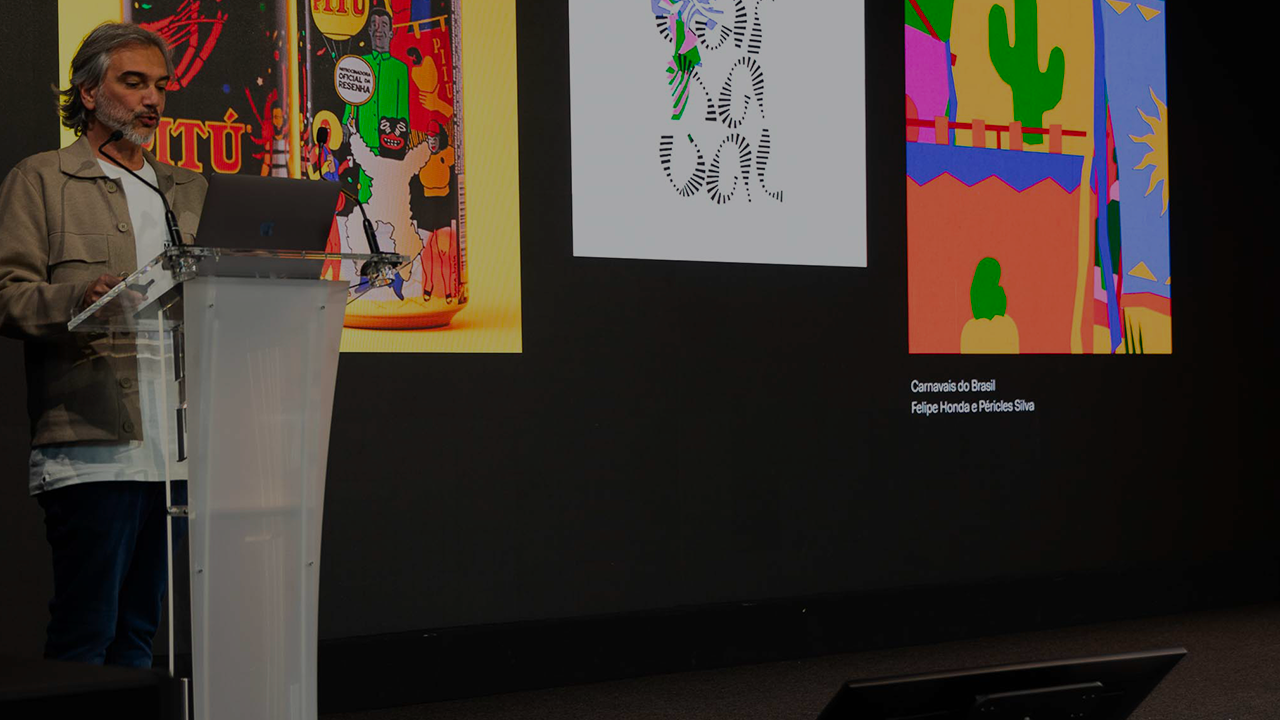
Design beyond definition: the power of Brazilian creativity
At the Explore Fedrigoni Creative Summit, Brazilian designer and Top Award juror Gustavo Greco offered a striking reflection on Brazilian design.
With 212 million people, 270 indigenous languages and deep structural inequalities, Brazil defies simplification. It cannot be reduced to a single narrative—it’s diverse, contradictory, and constantly evolving. And so is its visual culture. Attempts to define what Brazilian design is often risk excluding everything that doesn’t fit dominant canons.
Rather than seek a singular identity, Greco invites us to embrace design as a space of resistance, plurality and reappropriation. Its roots go beyond industrialization or formal education, reaching into ancestral practices, Afro-Brazilian traditions, indigenous expression and everyday visual languages. In this context, design is not just aesthetic, it’s political.
Speaking from his experience as co-curator of the Brazilian Design Biennial, Greco emphasized the importance of making room for dissenting voices, hybrid languages and work that challenges dominant narratives. It’s not about creating a fixed style, but about amplifying complexity and giving visibility to what has often been ignored or erased.
Design, he argued, can be a way of preserving memory, affirming identities and shaping cultural futures. And in a world increasingly shaped by globalized aesthetics, choosing to embrace contradiction can itself be a form of resistance.










